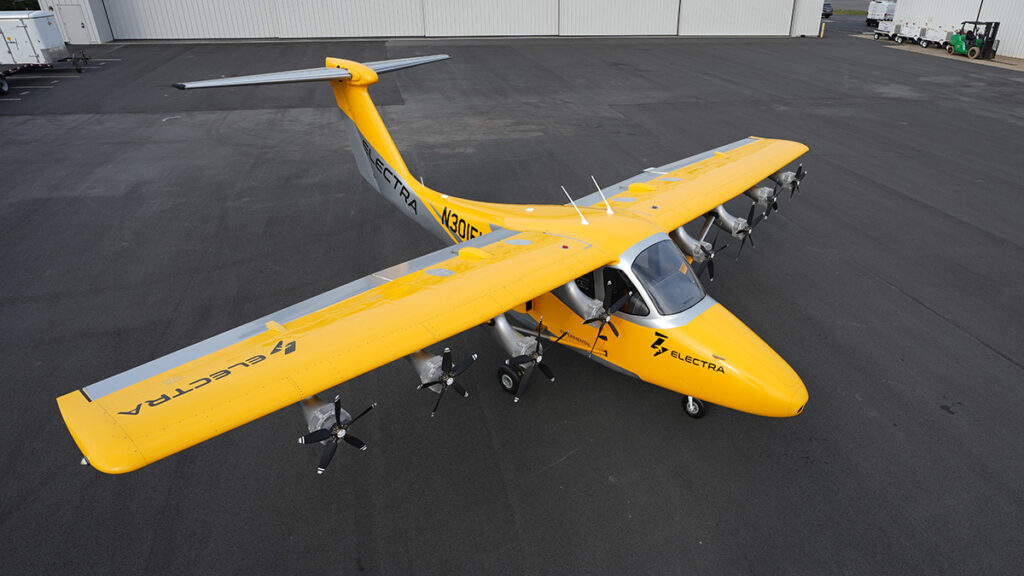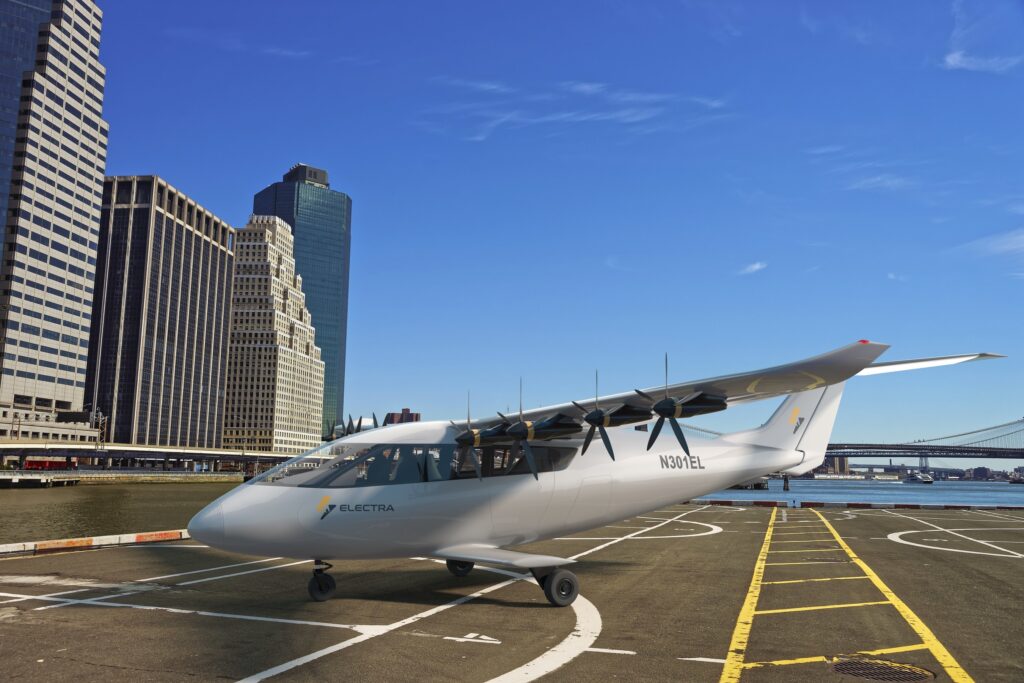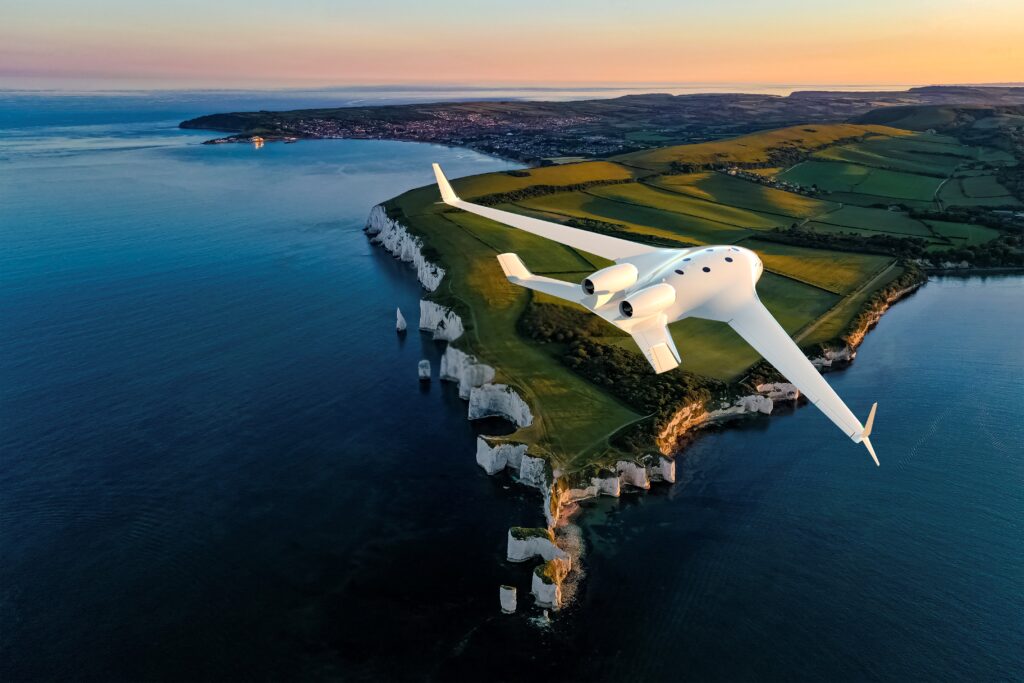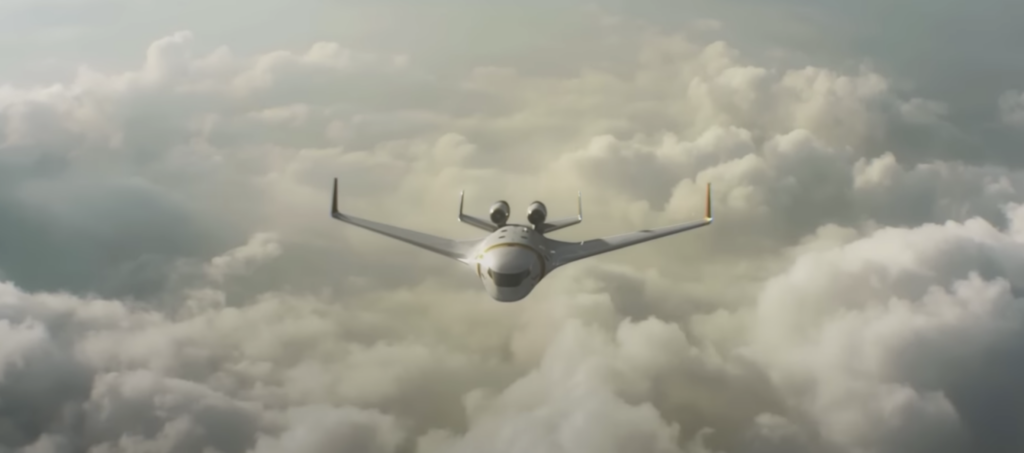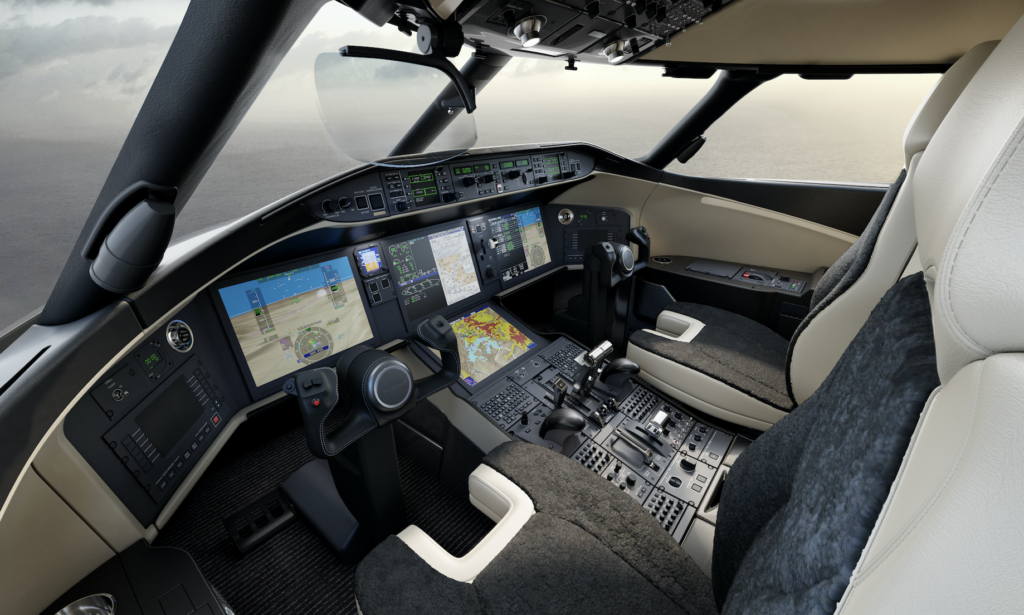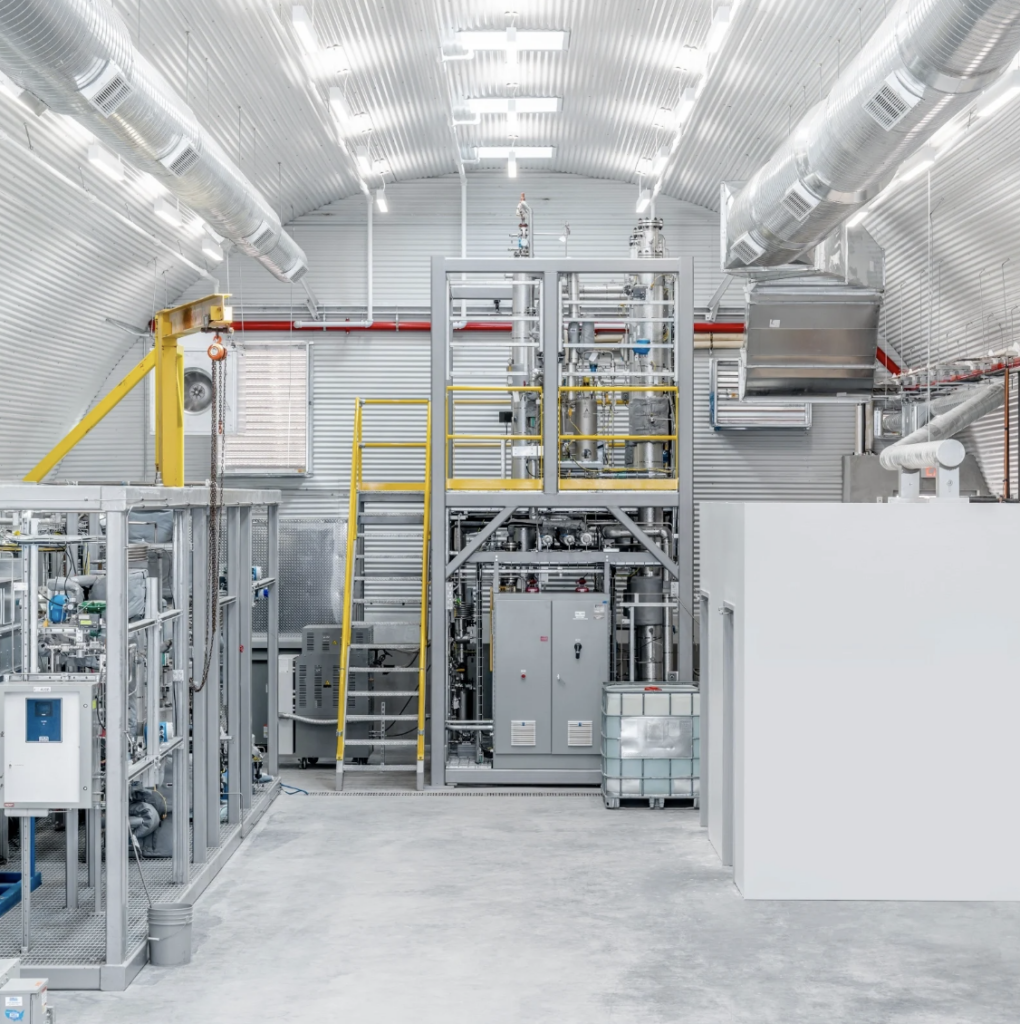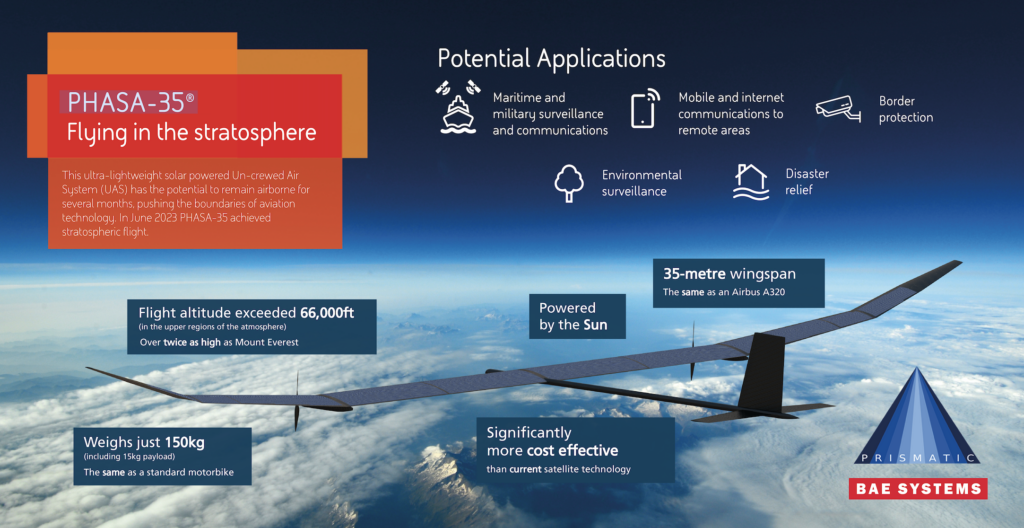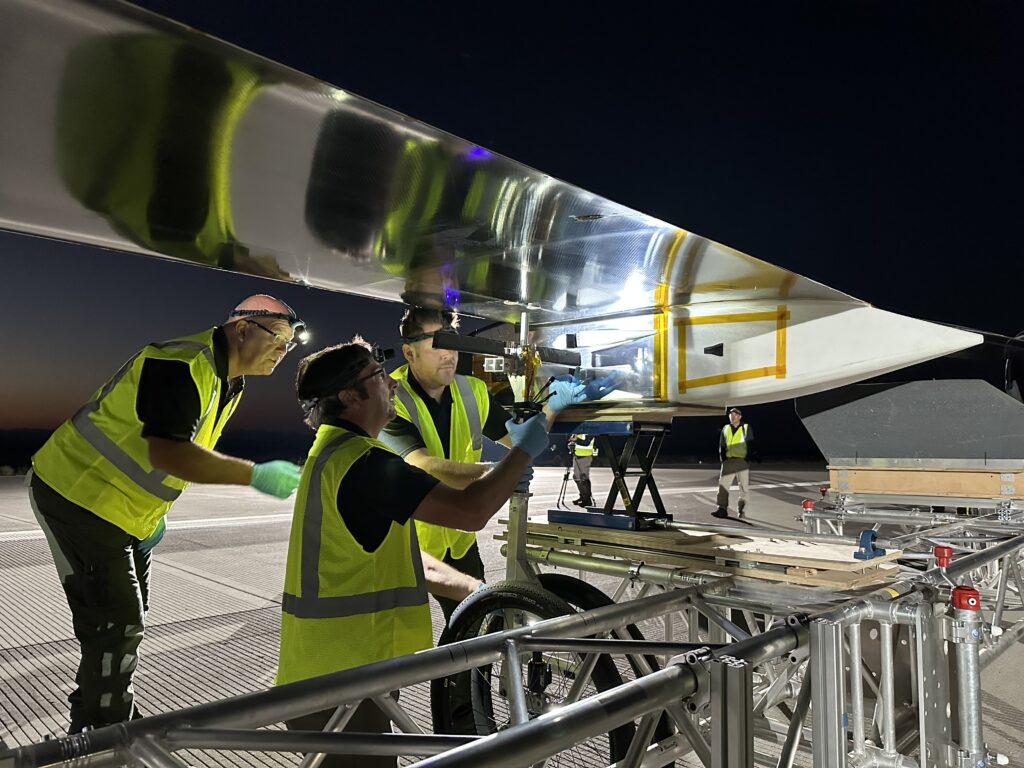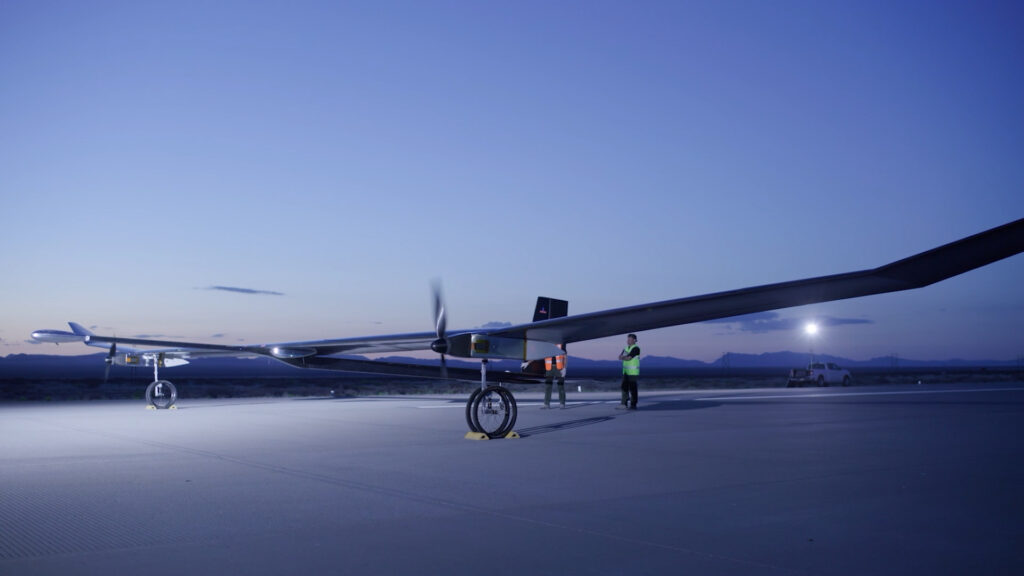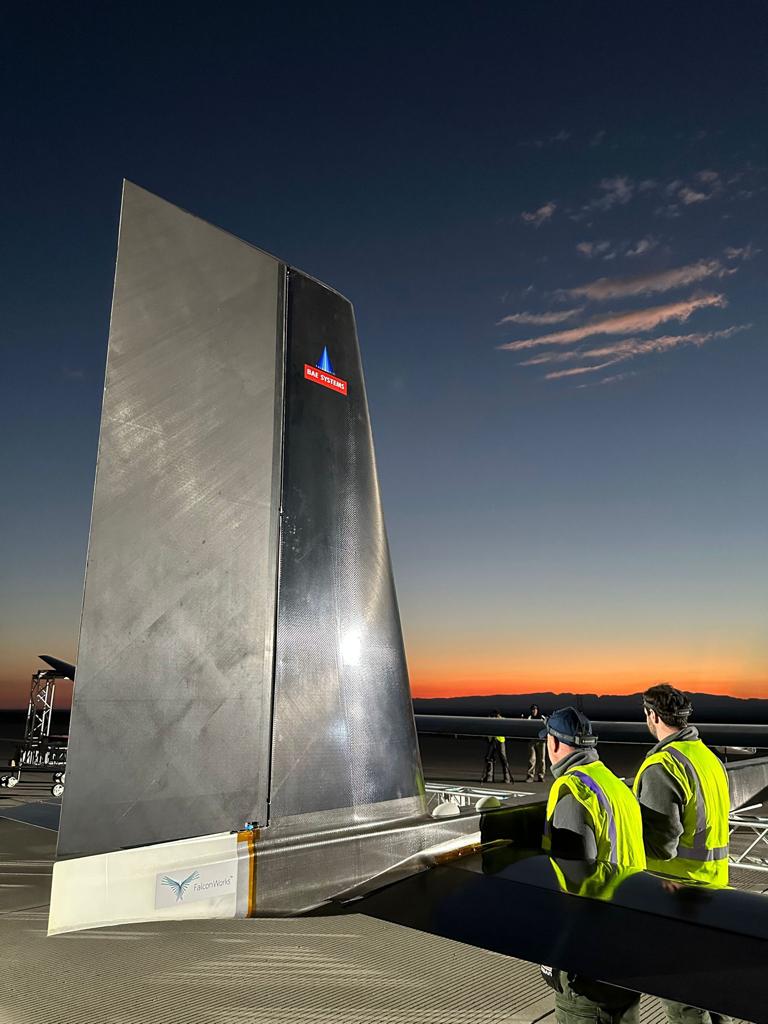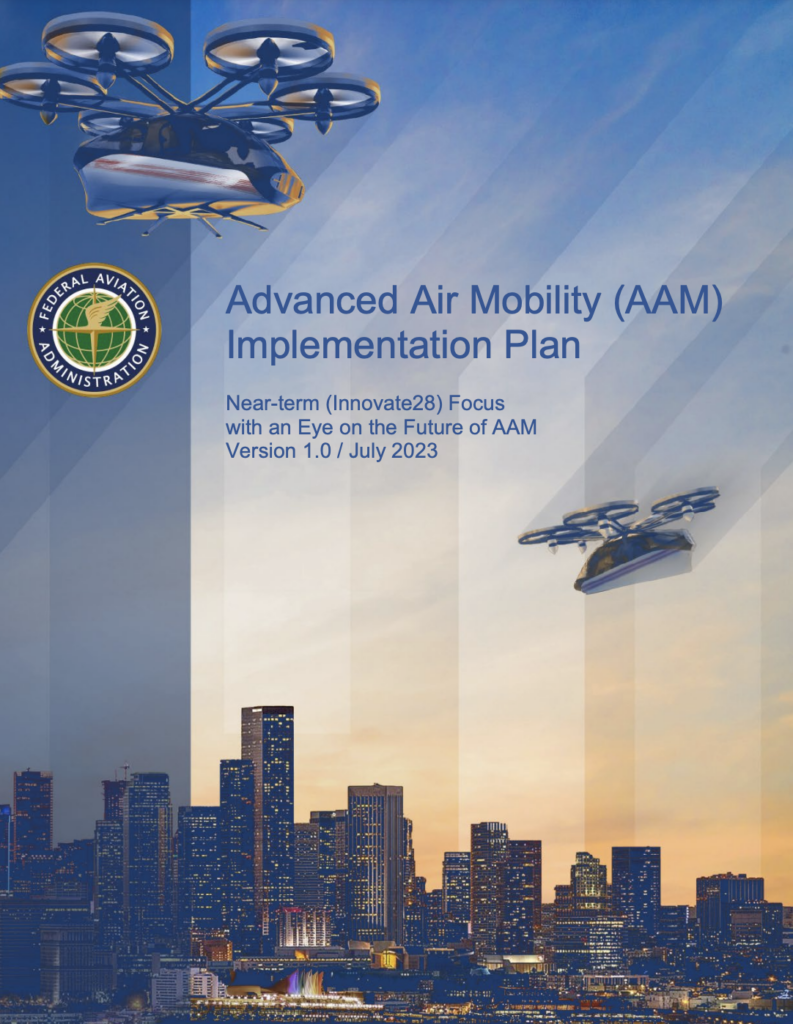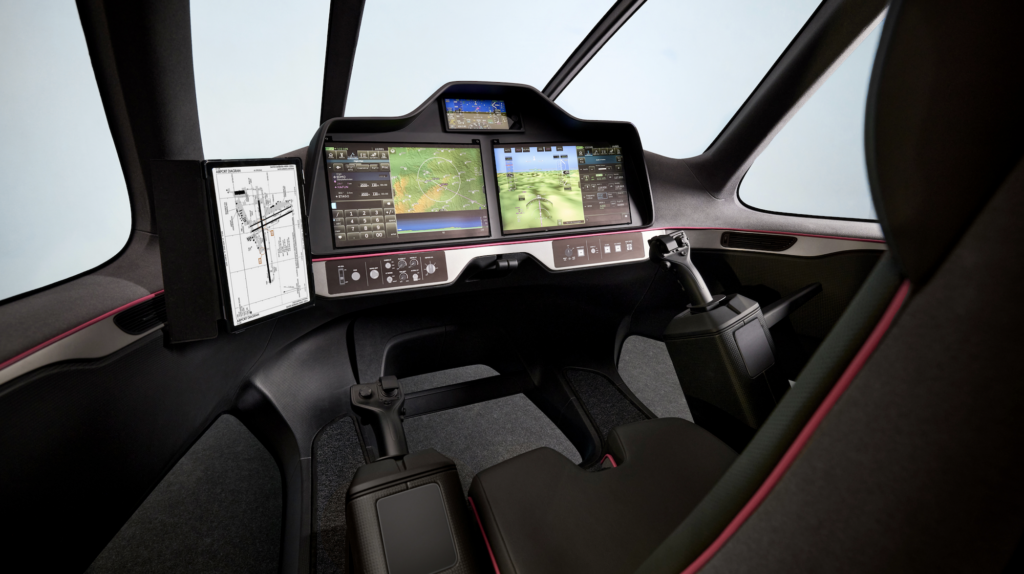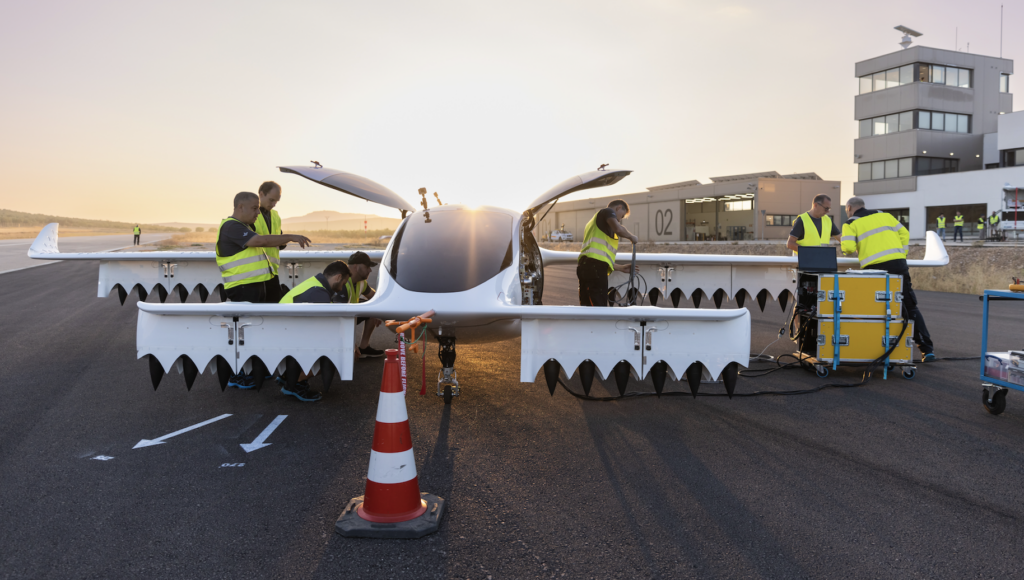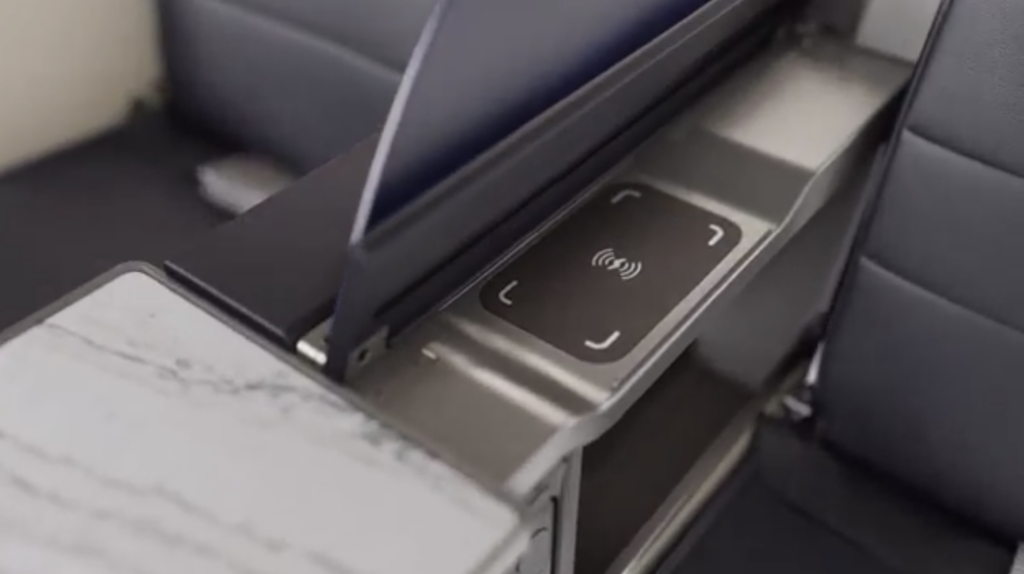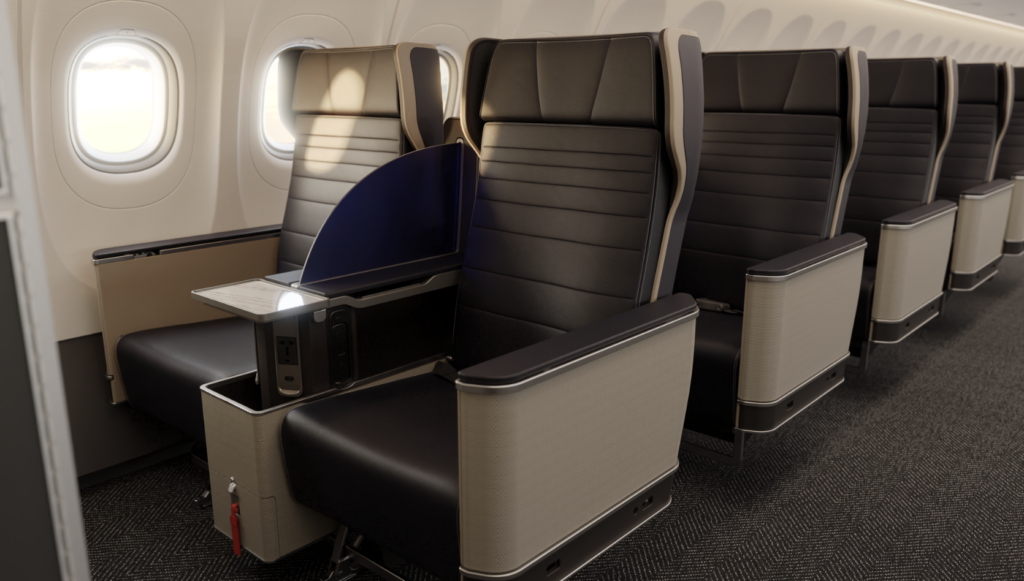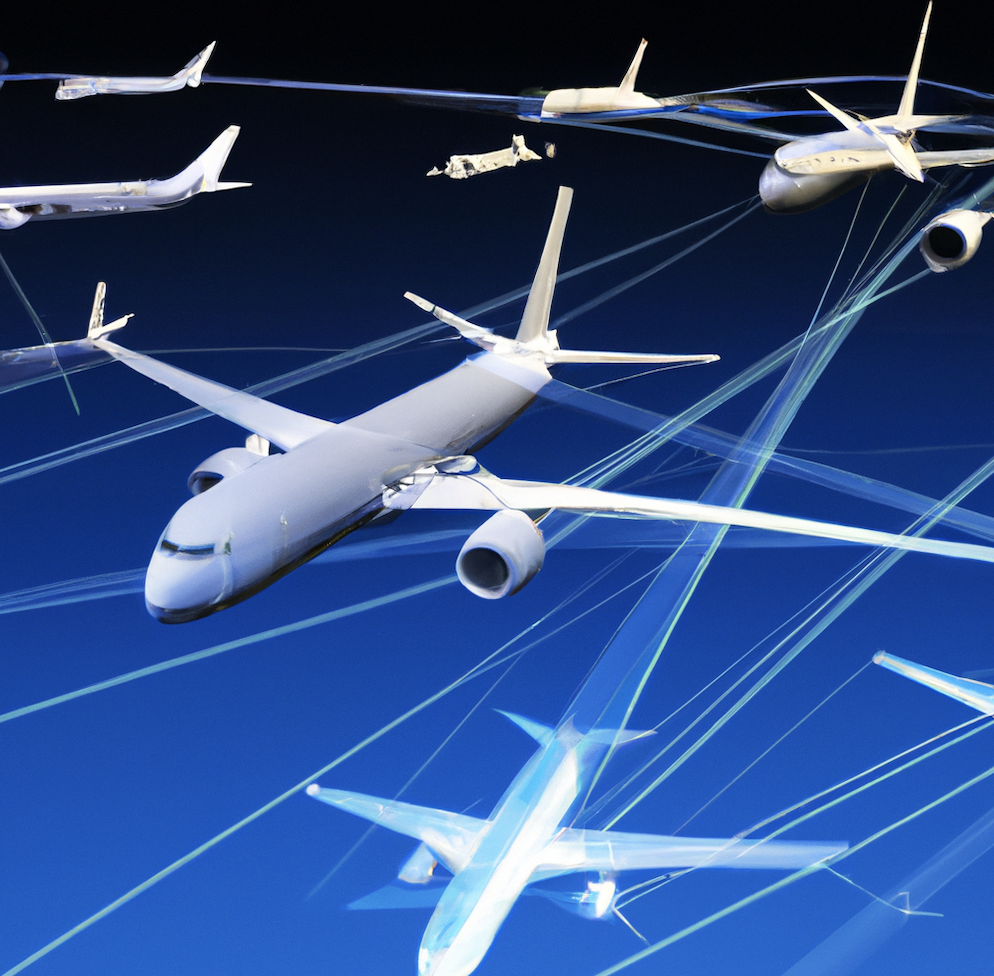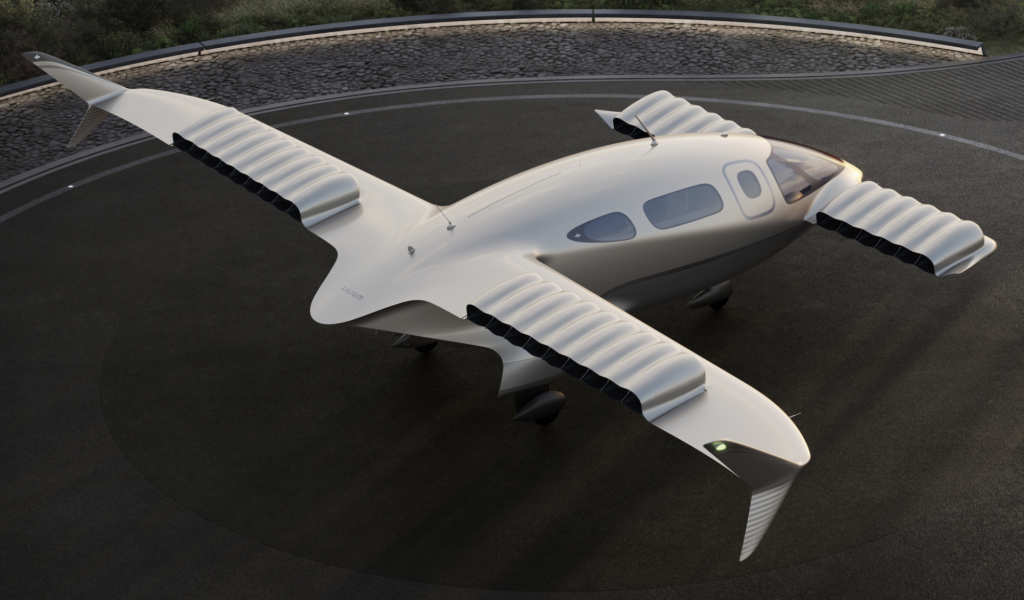
Within the eVTOL landscape, regulatory compliance and airworthiness certification present unique challenges. Bhavesh Mandalia, Chief Airworthiness Officer and Deputy CTO at Lilium, in a recent interview with Avionics International, discussed how the company navigates this complex environment, detailing its innovative certification approach, dedication to safety, distinctive technology, and the journey towards obtaining Design Organization Approval (DOA). As the industry continues to take shape, Lilium’s pioneering efforts offer a glimpse into the future of air mobility.

Lilium’s Bhavesh Mandalia talks about the team’s strategies for achieving airworthiness certification and compliance with evolving aviation regulations. He also highlights their unique technology, a strong commitment to safety, and future goals in the dynamic eVTOL industry. (Photos: Lilium)
Avionics: Could you provide an overview of Lilium’s approach to achieving airworthiness certification and ensuring compliance with aviation regulations? Are there any unique challenges Lilium has faced in this process?
Bhavesh Mandalia: With certification, we’ve been engaged with two different authorities—EASA, the authority here in Europe, and the Federal Aviation Administration in the U.S. This was quite important for us, because both authorities have been developing a relatively new regulatory landscape for electric VTOL aircraft. It’s important for us to establish a good relationship as early as possible with them, which takes some years for a new applicant. Lilium applied for EASA type certification very early, back in 2017, and applied for type certification validation with the FAA shortly after.
EASA has broken down the certification process into 18 different disciplines, which is good for us. All disciplines come together to form the aircraft but enable us to group certification activity with focus on a particular area. Therefore, we can work on parallel certification streams with different EASA experts.
We’ve constructed our teams to work with these individual areas of discipline for certification, which has been important for us. It’s helped us progress well with the evolving requirements. When we compare what we’re doing now with conventional aviation, developing an aircraft when you still have some fluidity with the regulations is quite a unique challenge to have.
Equally, establishing an early relationship with the regulator has helped us to learn with them and to use our product and some of our key learnings to actually influence the regulations, which is always positive. It’s difficult, I think, for regulators to put new regulations together without actually seeing what they look like when they’re applied. So we’ve used a lot of our research and development activities to help them evolve as well.
Avionics: Lilium recently completed the fourth and final Design Organization Approval audit by EASA. Could you share some details about this achievement and the key factors that contributed to the team’s success?
Mandalia: The DOA process in the European regulation framework is a prerequisite to develop and certify a new aircraft, and also for organizations that want to keep aircraft airworthy by implementing changes and repairs once they’re in service. EASA has recently made a number of updates to the regulation governing initial airworthiness known as EASA Part 21, to introduce a Safety Management System and a risk-based system to help determine their level of involvement within certification activities.
We’ve been working with EASA since 2017 on our DOA approval. We’ve had four audits. The fourth and final one was this year, and each audit has progressively focused on a different area of our organization, such as the company structure, how we approve our people, and how we approve our suppliers. As we’ve evolved as an organization and our product has evolved, the types of audit are changing. The second audit was more about certification activity and how we manage configurations of the aircraft. The third one was more on how we start the actual compliance demonstration. The final one was about some of the deliverables that we would provide as part of the aircraft, including manuals on how to train people to operate and maintain the aircraft, and also to keep the aircraft airworthy.
We passed the audit, and as the regulations have evolved, we’ve actually tailored our DOA to be more specific for developing this type of electrically propelled, vertical take-off and landing aircraft. That’s been quite important for us instead of just putting together something that was more generic.
I think successfully completing this last audit is a really good testament that we have competent people within the organization but also a structure that’s credible enough to certify such an aircraft. This is an important milestone for us because ultimately having a DOA approval will demonstrate to people that we’re a credible aerospace company; that is quite key in everything that we’re doing.
For me, the DOA process is not new. This is actually the fourth approval I’ve been involved in with my career starting from scratch, and every single one is different, even though the regulations you have to comply with are the same. The approach is based on the type of product that you’re working with. Therefore, there’s a lot more emphasis on electrification and the use of new technology within our DOA, which is somewhat different to conventional aviation. The next steps now are to work to close off any open actions that we have and then get our DOA later this year.
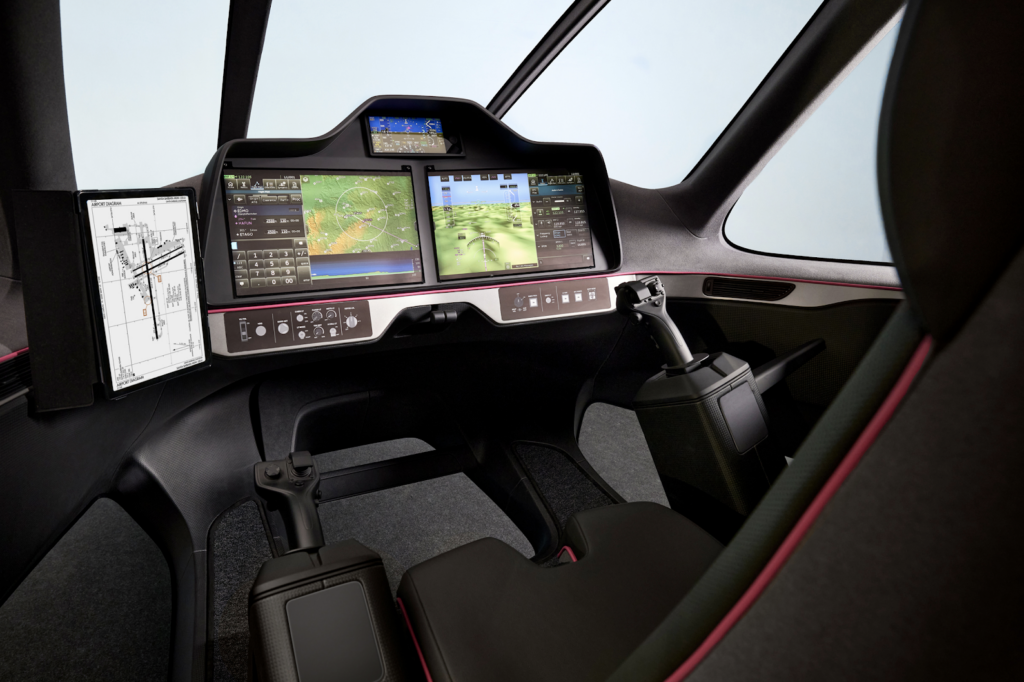
Avionics: As Chief Airworthiness Officer, you play a crucial role in ensuring the safety and reliability of Lilium’s eVTOL aircraft. How does the company address safety considerations?
Mandalia: Like any aerospace company developing an aircraft that people will be using as a mode of transport, safety is a crucial component in order for our aircraft to meet the highest safety objectives. Within Europe, EASA has decided to prescribe the same level of safety as they do for any commercial aircraft. Essentially, the probability of what we call a catastrophic failure is one in a billion flight hours, or one in 109.
The other important element for us as an organization is the implementation of the safety culture. EASA have recently introduced what they’re calling a safety management system. Most of the leadership team we have, including myself, are from large aerospace organizations where we’re already used to working with such a safety culture, and we already have systems implemented. For most of us, this was just a way of formalizing how we work with safety, but we consider multiple different areas within safety in our organization, and we also promote this and train our people to follow the same mantra. That includes design—the safety of the design, meeting the standards for airworthiness—and safety of the product, so that within the production organization system, it also has its own safety management element. Safety in operations—as we design, develop, and manufacture the product, we also have to ensure it’s safe to operate the product by aircrew and for people traveling on it. Safety for our employees—we operate in a safe environment, we make sure the office space is safe for them and we also make sure that the environment that they operate in is safe.
We employ something called a “just culture.” We encourage people to report anything that they feel has gone wrong or could potentially go wrong and could impact either other people or the safety of the product that we’re developing.
We also have safety of our customers; that’s the end goal, and we have organizational safety as well. These are important aspects of what we do. We make it very easy for our people to actually report items of safety as well and ensure that they have a good area where they can learn about why safety is so important, because we have a number of people in our organization that are from outside of aerospace.
We’ve created what we call the Lilium Safety Hub, which is a repository on our intranet system, where we have a number of resources, including our safety policy, and also self-learning and training that people can take in addition to those that we mandate for safety—all of those elements of the Safety Management System which we have introduced under our DOA. For my position, because I’m something they call a regulatory postholder, if something goes wrong, I’m accountable for the certification and safety of the product. That’s quite key, and it’s taken very seriously, even as a new company.
Avionics: What differentiates Lilium’s technology from others in the eVTOL industry, and how does the company maintain a competitive edge in this dynamic landscape?
Mandalia: I’ll mention something that I think is quite unique, which you don’t necessarily hear other people talking about: customer comfort and customer experience. More recently, we’ve been advertising the quality of our cabin, and in addition to meeting the important safety requirements for the cabin, we also need to ensure that the customer experience is positive. This is why we have essentially the largest cabin on the aircraft with the ability to configure the cabin in multiple ways to suit the needs of the customer—the four-seater plush VIP-style club configuration, or the six-seater shuttle configuration. We’re also offering different color schemes and various other bits and pieces, and it’s quite a comfortable environment. I think that’s one of the key differentiators that’s quite important.
We have multiple Electric Ducted Jet Engines, which is different to what the competitors have; most of them have open rotors. The use of multiple Electric Ducted Jet Engines introduces a number of benefits for our aircraft. Firstly, they are quieter when compared to open rotors, which will enable us to operate our aircraft around the clock and in areas where they have noise restrictions.
Secondly, having multiple ducted fans provides redundancy to meet the highest safety standards but also adds resilience against things like bird strikes which tend to be more common when flying at lower altitudes like eVTOL aircraft will.
Thirdly, this architecture provides great cruise efficiency which is why we are targeting regional air mobility for our product.
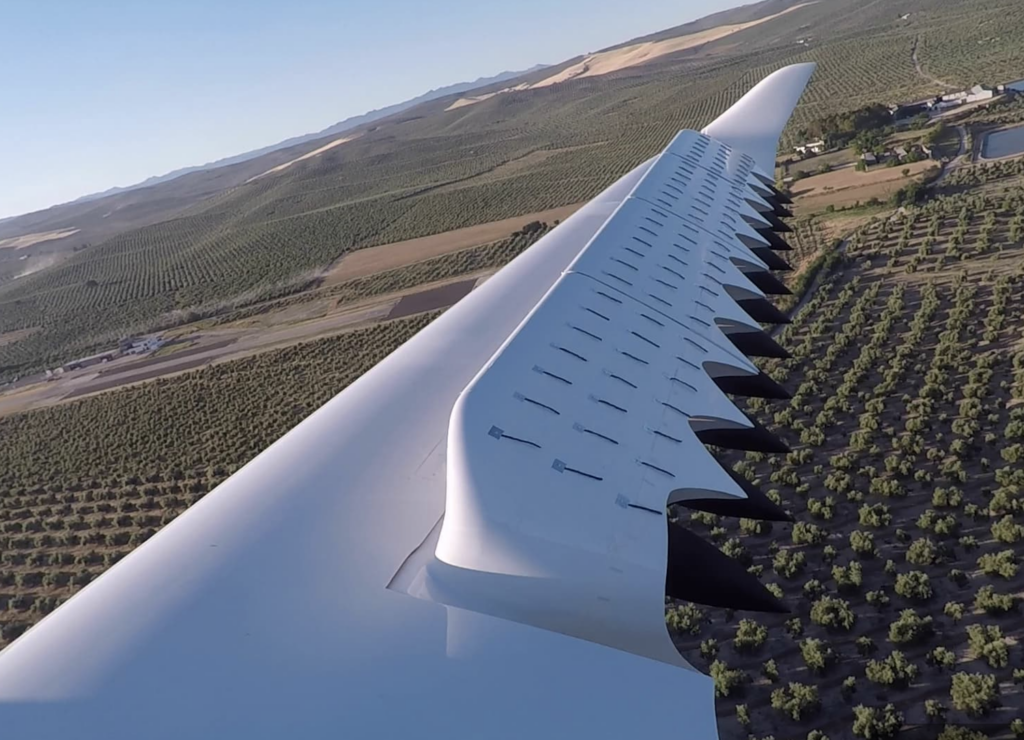
We have 30 engines on the aircraft in total. It means we have a lot of redundancy. So if we were to have any failures on the aircraft, we have multiple engines that keep the aircraft airborne and continue to its original destination or to an alternative. The aircraft can still continue to fly with certain engines damaged. That was quite important for us as well—having this kind of architecture.
We’re actually developing our own battery cells instead of opting to procure something that’s already out there and off the shelf. Some of this is because we want to develop something that is unique and something that is specific to our needs and the operational needs of our aircraft. Secondly, the regulators—particularly EASA—has set the bar very high with regard to safety standards for batteries and for technology. We don’t feel, from what we’ve seen out there, that automotive batteries or lithium-ion batteries used for other technologies are meeting the standards that are necessary for airworthiness. Compare it to automotive: with a car, if you have an incident with the battery system, the car comes rolling to a stop. With an aircraft, if you have a major failure of the battery cells or the electrical system, you’ve got more of an issue at hand. As a result of that, EASA has set the bar quite high for cells. So we have to develop our own technology to meet the requirements.
Avionics: Looking ahead, what are Lilium’s main priorities and focus areas for the upcoming year?
Mandalia: For my team in particular, one of the most important things is closing out the actions that remain for the DOA and receiving our DOA approval, which we’re expecting later on this year. That one is quite big on the radar.
The next thing for us is actually a certification program. The 18 different areas that I mentioned within EASA, we have certification plans for each of these areas which we’ve already shared with EASA. It provides EASA with an indicative level of involvement as well within these activities. We need to basically formalize the agreement with EASA and then move on to the next phase, which is the actual demonstration of compliance and certification.
Also within the next year, we will be going into production of our first prototype aircraft, which will be used for performing flight testing activities and ground testing, as well as other verification activities. In parallel with this, we’ll also be continuing other analysis and demonstrations of compliance for the authority in alignment with the certification plans that we’ve already submitted to them. Those are some of our objectives as an organization. More importantly, aside from that is ensuring we have the right people. We’ve already demonstrated to EASA that we have highly competent people, but making sure we maintain that engagement of our workforce, and also continue to find the best talent out there—all of this is important for us to continue the momentum.
Avionics: Could you share some details about Lilium’s recent wind tunnel testing?
Mandalia: We performed one of the most complex wind tunnel testing campaigns recently where we had an active scale model of our aircraft in one of the wind tunnels here in the region. This is one of the models that we’re using to provide us with data to validate that engineering is on the right track. This is something that we do to de-risk activities before we go into production and manufacture the full-scale aircraft. We used an active model with the engines running because having so many engines on the aircraft does have an impact on the airflow around the aircraft. So it’s important that it’s a representative model of what we’re doing. We’ll be using data from that to validate some of our other simulations that were put in place like, for example, for fluid dynamic models. For other simulations, we’re using aerodynamics. We’re working to demonstrate that the control laws and things that we’ve put together for the aircraft work before we actually put them into place on a real-life aircraft.

Q2 Shareholder Letter Updates
Lilium published its Q2 2023 shareholder letter this week. The company reports that it has hit key development and certification milestones to keep on track for the first manned flight of its type-conforming aircraft in late 2024. Lilium secured around $192 million in fresh financing, including a successful capital raise of $117 million mostly from new investors, leading to a $75 million pre-funding commitment from Aceville. The new financial resources, combined with existing funds, result in approximately $386 million of liquidity as Lilium steps into the second half of 2023. The funds will be instrumental for the development of the Lilium Jet. Future financing will prioritize non-dilutive funding.
The recent capital raise is a significant endorsement of Lilium’s technology, attracting more investors and accelerating commercial engagement. The firm is set to begin assembling the first Lilium Jet for systems integration validation. Meanwhile, progress on the aircraft design and testing and marketing initiatives continue. The Lilium Jet’s cabin was a major draw at the 2023 Paris Air Show. Lilium also received a G-1 certification from the FAA, indicating the regulatory acceptance of its jet, and reports that interest from global markets, including China, is on the rise.
—————
Boost Internet Speed–
Free Business Hosting–
Free Email Account–
Dropcatch–
Free Secure Email–
Secure Email–
Cheap VOIP Calls–
Free Hosting–
Boost Inflight Wifi–
Premium Domains–
Free Domains
